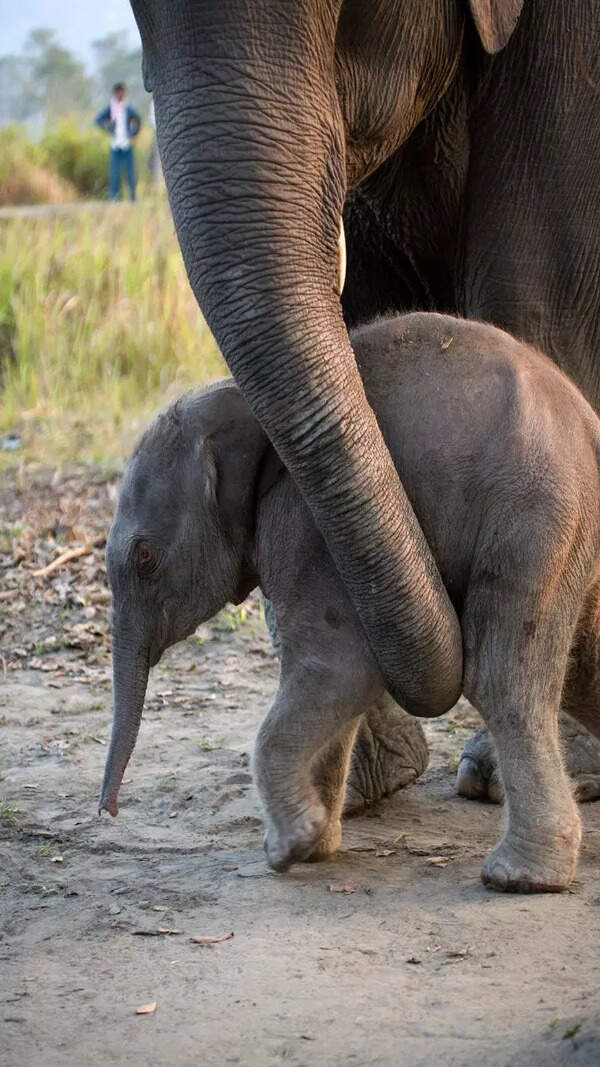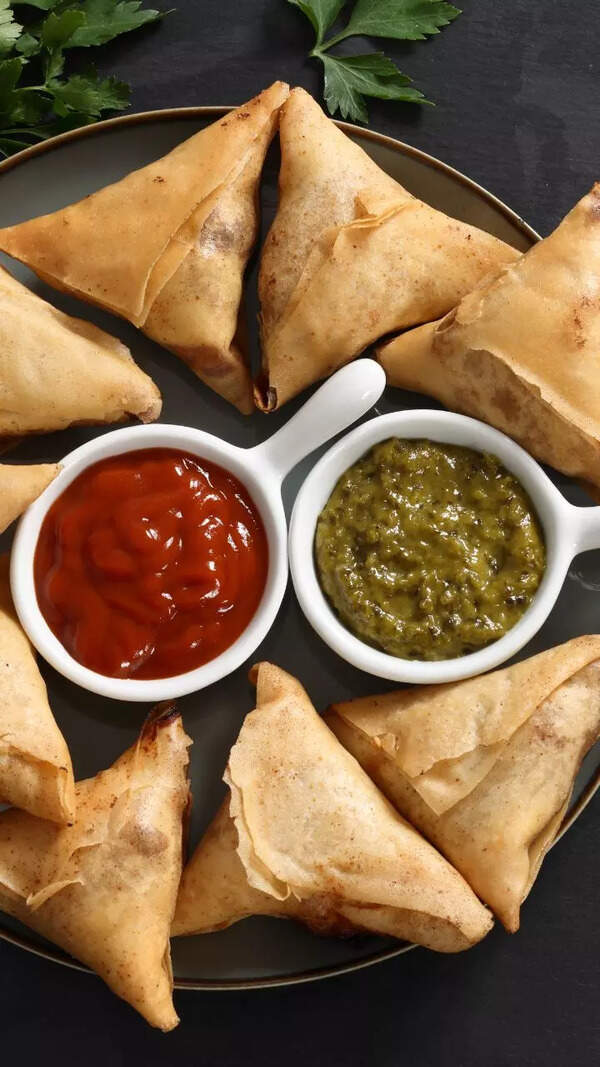- News
- lifestyle
- soul-search
- 5 things to do in the Budhwa Mangal period for Lord Hanuman's blessings
5 things to do in the Budhwa Mangal period for Lord Hanuman's blessings

Bada Mangal 2025
Budhwa Mangal, also called Bada Mangal, is referred to as the first Tuesday in the Jyeshtha month, or the May-June period, according to the English calendar. Although most people believe that Budhwa Mangal is just one Tuesday (the first one) of Jyeshtha month, others say that every Tuesday of this month is extremely powerful and is thus called Budhwa Mangal. During the Budhwa Mangal time, devotees dedicate themselves to the worship of Lord Hanuman, be it chanting mantras or offering different prasad.
Here we mention 5 things to do in Budhwa Mangal to attain Lord Hanuman’s blessings.

108 Hanuman Chalisa paath
It is said that one of the best ways to connect with Lord Hanuman is to read the Hanuman Chalisa. A 40-verse prayer, the Hanuman Chalisa was written by Tulsidas ji, and talks about the nature, achievements, characteristics, and strengths of Lord Hanuman. People chant the Hanuman Chalisa to feel secure and protected, and many say that it immediately calms them down, almost as if Lord Hanuman himself is on their side.
And during the Budhwa Mangal period, devotees take up the 108 Hanuman Chalisa paath which is basically chanting the Hanuman Chalisa 108 times every Tuesday. Some people also do it 11 times, 21 times, 51 times, or 100 times because the Chalisa says ‘Jo shat (100) baar paath kar koi, chhuthi bandhi mahasukh hoyi’.

Offer Boondi Laddu to Lord Hanuman
A prasad that has always been given to Lord Hanuman is Boondi, and every Tuesday and Saturday, people offer Boondi or Boondi laddu to Lord Hanuman.People visit the Hanuman temples around them, travel hundreds of kilometers to reach the famous temples, or just offer the Boondi prasad in their home temple, then distribute it to others as well.
The prasad is first touched to the mouth of Lord Hanuman, then some boondi is kept near him, and the rest is distributed.

Offering gud, chana, and kumkum
In many parts of India, it is a common tradition to offer gud, chana, and Kumkum to Lord Hanuman, especially on Budhwa Mangal. It is believed that offering jaggery is a symbol of the sweet and pure devotion Lord Hanuman had for Lord Ram, and the devotee has for them both. The chana is said to be a symbol of strength because it is high in nutrients, and the Kumkum is offered to Lord Hanuman for blessings of long life, strength, energy, and more.

Organise Langar or Bhandara
Another practice people take up during this time is to organise Langar or bhandara, which are basically free meals for people who need them. Some people organise a bhandara on every Tuesday of Budhwa Mangal, while others only do it on the first Bada Mangal.
The act of feeding others is considered to be a form of charity and seva, and it is believed to delight Lord Hanuman and Lord Ram.

Recite the Sunderkand
Another practice people take up during the Budhwa Mangal period is to recite and chant the Sundarkand every Tuesday and Saturday, as both these days are dedicated to Lord Hanuman. The Sundarkand is a part of Ramayan, and is about the adventures, acts, and devotion of Lord Hanuman to Lord Ram.
And reciting the Sundarkand once a day on Tuesday and Saturday is believed to invite the blessings of Lord Hanuman.








